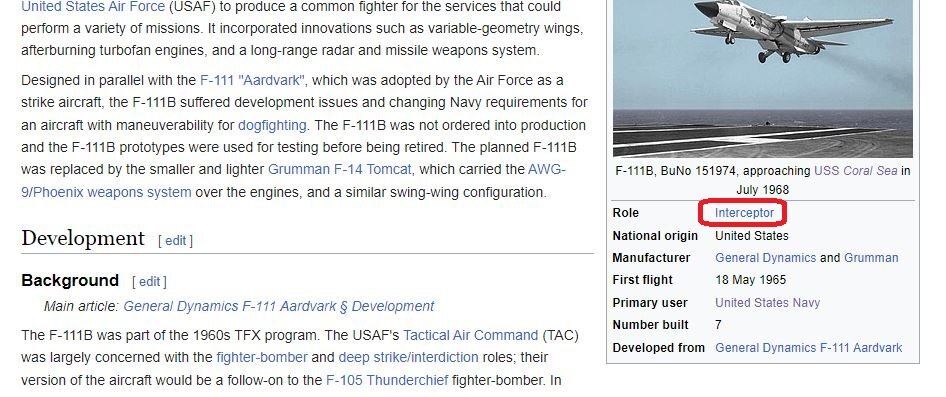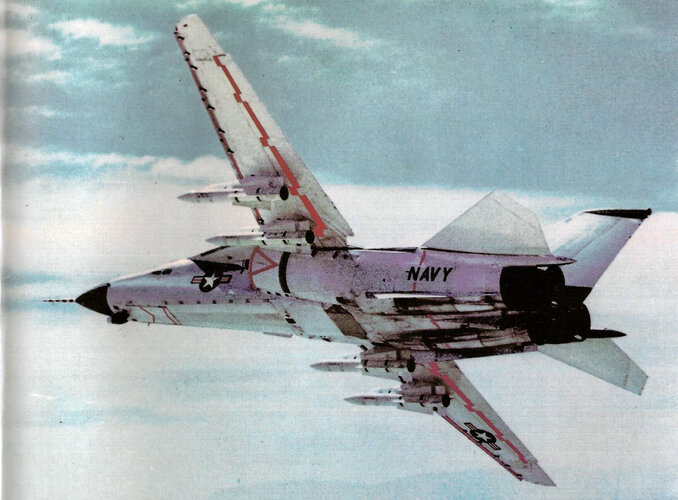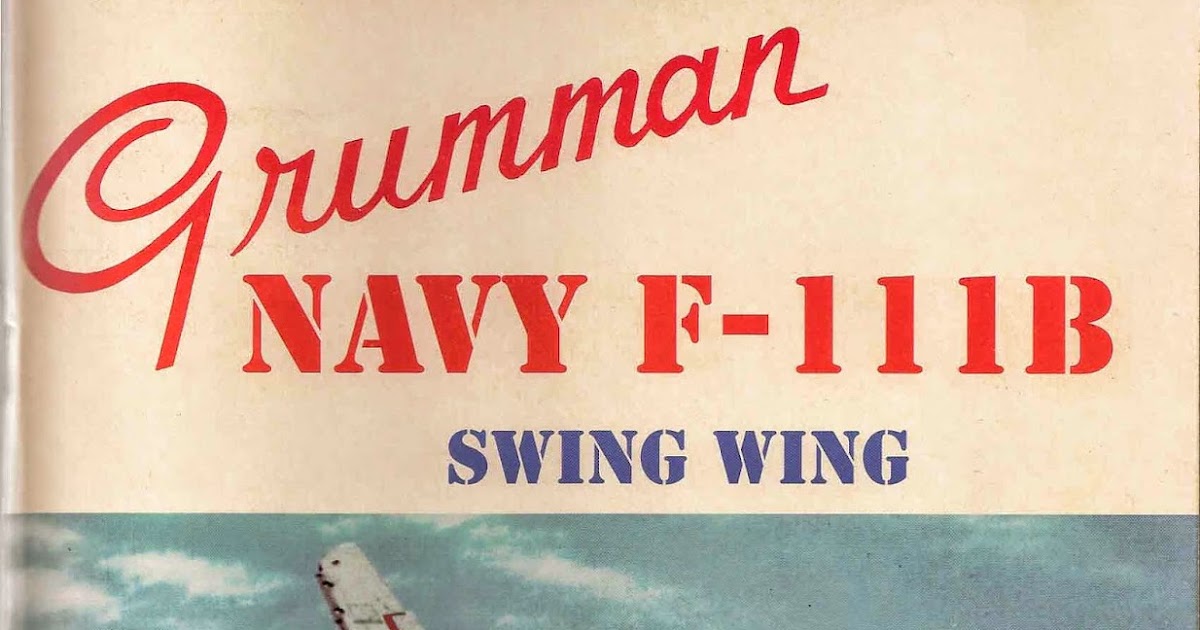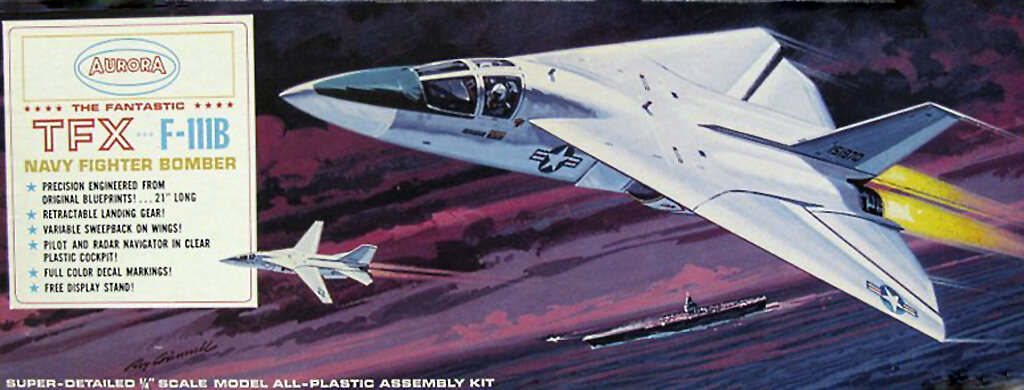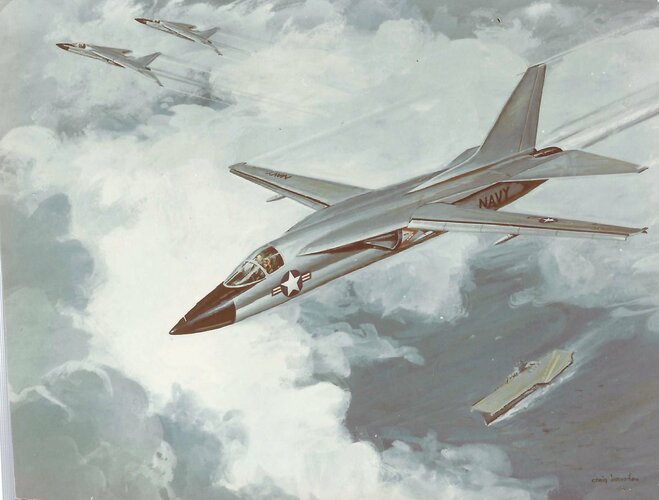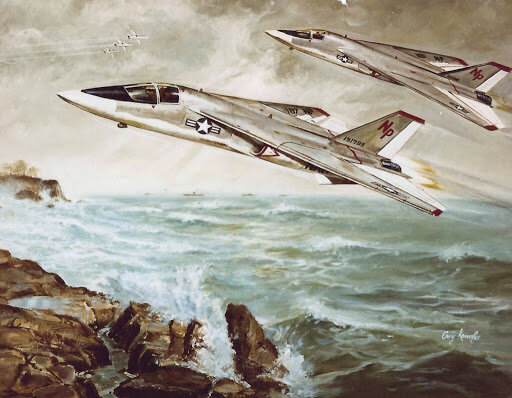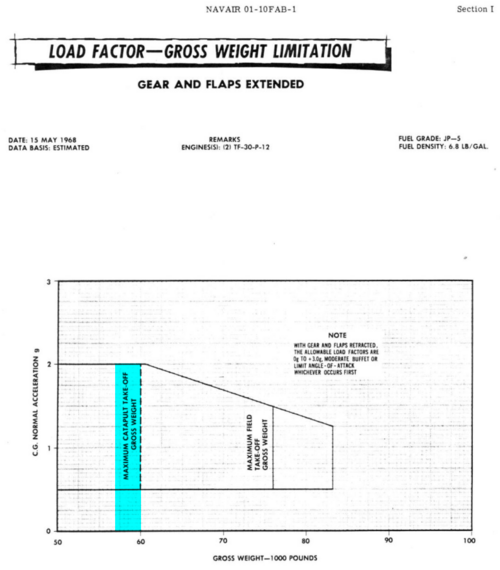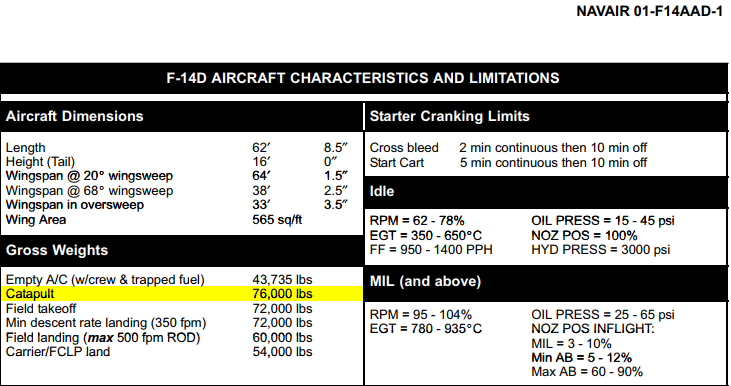Musashi311
ACCESS: Restricted
- Joined
- 1 July 2023
- Messages
- 4
- Reaction score
- 7
Hello everyone this is my first post on here  I was recommended this video by the "glorious" YouTube algorithm while watching some of Ward Carroll's videos. The person who did said video mentioned some things about the F-111B...how much better would it have been than the F-14 as an interceptor? Apparently, everything i've learned over the past decade and a half is for lack of a better term out of date so I'd like a different perspective from those who know more than I do.
I was recommended this video by the "glorious" YouTube algorithm while watching some of Ward Carroll's videos. The person who did said video mentioned some things about the F-111B...how much better would it have been than the F-14 as an interceptor? Apparently, everything i've learned over the past decade and a half is for lack of a better term out of date so I'd like a different perspective from those who know more than I do.

